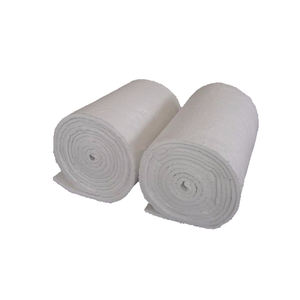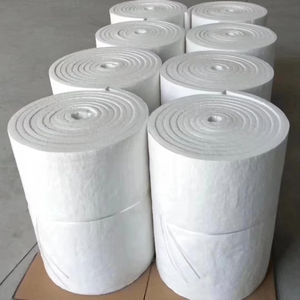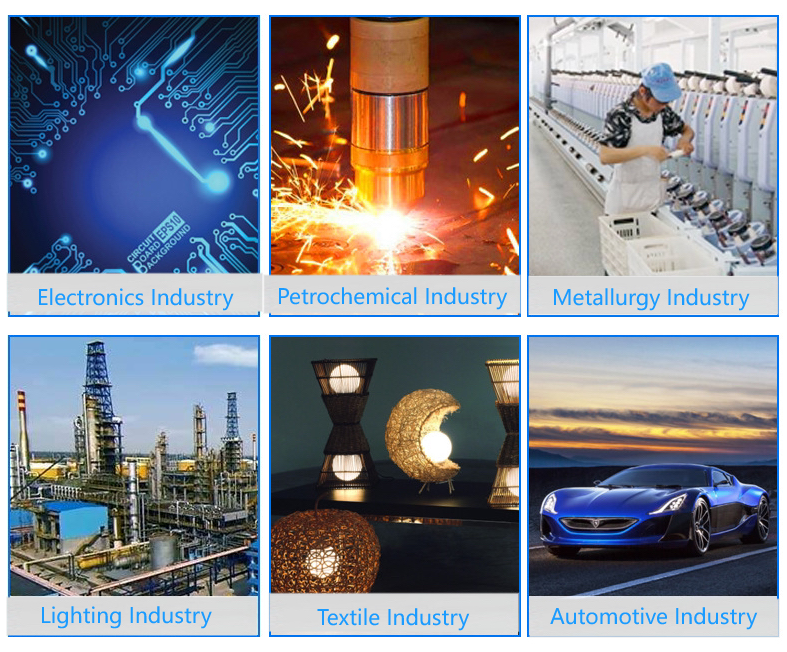Professional industry ceramic supplier, silicon nitride, silicon carbide, aluminum nitride and any other kinds of ceramics.
PRODUCT PARAMETERS
Description
Overview of High-temperature quartz fiber wool, low-dielectric ceramic fiber with high osmotic wave and chemical resistance.
High-temperature quartz fiber wool, low-dielectric ceramic fiber with high osmotic wave and chemical resistance. is a lightweight, high-temperature insulation material composed primarily of alumina-silica. It is manufactured through a melting and spinning or blowing process, resulting in a flexible, wool-like textile. This material is engineered to provide exceptional thermal management, conserving energy and protecting equipment in extreme temperature environments across various industries.
Features of High-temperature quartz fiber wool, low-dielectric ceramic fiber with high osmotic wave and chemical resistance.
-
Excellent Thermal Stability: Withstands continuous operating temperatures up to 1260°C (2300°F) and higher for certain grades, with minimal shrinkage.
-
Low Thermal Conductivity: Provides highly efficient insulation, reducing heat loss and improving energy efficiency.
-
Lightweight & Low Heat Storage: Offers low thermal mass, enabling rapid heat-up and cool-down cycles for improved process control and energy savings.
-
Thermal Shock Resistance: Highly resistant to damage from rapid temperature changes.
-
Excellent Flexibility & Resilience: Can be fabricated into blankets, boards, papers, and textiles to fit complex shapes and applications.
-
Good Chemical Stability: Resists attack from most corrosive agents, except strong alkalis and hydrofluoric acid.
Specification of High-temperature quartz fiber wool, low-dielectric ceramic fiber with high osmotic wave and chemical resistance.
This product is high-temperature quartz fiber wool. It’s a customized ceramic fiber product. Consider it as a super-tough glass woollen. It deals with severe heat very well. You can use it continuously as much as 1050 ° C(1922 ° F). It makes it through short ruptureds up to 1200 ° C (2192 ° F). This makes it excellent for heaters, kilns, and high-heat pipelines. Warmth will not quickly damage it.
It has low-dielectric residential properties. This implies electrical energy doesn’t pass through it well. It withstands electric currents. This is essential for electronics and interaction devices. It stops signal interference. It keeps electric systems secure and secure. This function is critical in delicate technology locations.
Wave permeability is another essential toughness. Radio waves and comparable signals travel through it quickly. It doesn’t obstruct them. This is essential for radar systems, antenna housings, and aerospace applications. Signals need clear courses. This product offers that obstacle without signal loss. It acts like an unnoticeable window for waves.
Chemical resistance is exceptional. It stands up to extreme acids and bases. Most usual chemicals won’t gnaw at it. This makes sure long life in difficult commercial setups. Manufacturing facilities use it near harsh substances. It doesn’t damage down rapidly. This conserves money on replacements.
It’s also lightweight and flexible. Installation is generally straightforward. Workers can cut and shape it on-site. It suits complicated rooms. This conserves time and effort throughout construction or fixings. It supplies efficient insulation without hefty weight.
Its primary task is thermal insulation. It maintains severe heat had. This improves energy performance. It safeguards surrounding frameworks and elements. Equipment lasts longer. Power prices drop. Security boosts by protecting against warm transfer. It also gives acoustic damping in some arrangements. Sound levels decrease.
Utilize it in demanding environments. Steel plants require it around molten metal. Factories use it in casting. Aerospace utilizes it in engine compartments. Semiconductor producing relies on it. Power generation facilities use it thoroughly. Chemical processing plants take advantage of its resistance. It’s a functional option for serious warmth and chemical challenges.
Applications of High-temperature quartz fiber wool, low-dielectric ceramic fiber with high osmotic wave and chemical resistance.
High-temperature quartz fiber woollen manages severe warmth. It remains steady at temperature levels going beyond 1000 ° C. This makes it ideal for fireproofing. Use it in structures, ships, and commercial ovens. The fibers produce solid, adaptable insulation blankets. These coverings safeguard pipes and sensitive equipment. They withstand fracturing under intense thermal cycling. This material does not melt quickly. It supplies trustworthy lasting protection.
Low-dielectric ceramic fiber functions differently. It enables radio waves and signals to go through easily. This property is crucial for radomes. Radomes cover radar systems on aircraft and satellites. The product shields the electronic devices inside from climate. It doesn’t obstruct the radar signals. This ceramic fiber also withstands high temperatures. It shields sensitive antenna systems from engine warmth.
Chemical resistance is an additional vital advantage. Both products eradicate corrosive compounds. Acids, antacid, and solvents don’t damage them conveniently. This is crucial in chemical plants. Use it for lining activators and exhaust ducts. The fibers shield pipelines lugging severe chemicals. They avoid warm loss safely. This durability reduces upkeep expenses considerably.
The electronics market relies upon these fibers. Motherboard need insulation throughout production. Solder processes entail high heat. Quartz wool gives thermal protection. Low-dielectric residential properties are crucial for signal honesty. Use it around high-frequency elements. It avoids signal disturbance properly.
Aerospace applications are demanding. Jet engines need thermal barriers. Quartz wool insulation secures engine areas. It lowers warmth transfer to bordering parts. Low-dielectric ceramic fiber is utilized in antenna real estates. It makes sure clear interaction signals. The materials are light-weight. This helps keep airplane gas effective. They carry out dependably in severe atmospheres. Room objectives depend upon this technology.
Industrial heaters profit substantially. Lining them with ceramic fiber enhances effectiveness. Warmth stays inside the heating system chamber. This conserves energy. Employees are more secure near warm equipment. The insulation decreases surface temperatures. Quartz wool seals voids effectively. It stops warmth leaks. This preserves consistent processing temperatures. Manufacturing top quality improves.
Company Profile
Tanki New Materials Co.Ltd. focus on the research and development, production and sales of ceramic products, serving the electronics, ceramics, chemical and other industries. Since its establishment in 2015, the company has been committed to providing customers with the best products and services, and has become a leader in the industry through continuous technological innovation and strict quality management.
Our products includes but not limited to Aerogel, Aluminum Nitride, Aluminum Oxide, Boron Carbide, Boron Nitride, Ceramic Crucible, Ceramic Fiber, Quartz Product, Refractory Material, Silicon Carbide, Silicon Nitride, ect. please feel free to contact us.
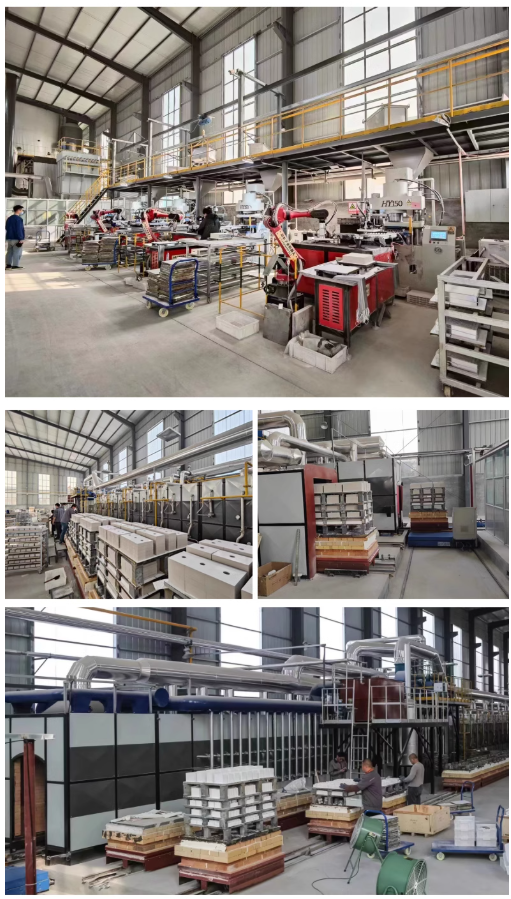
Payment Methods
T/T, Western Union, Paypal, Credit Card etc.
Shipment Methods
By air, by sea, by express, as customers request.
5 FAQs of High-temperature quartz fiber wool, low-dielectric ceramic fiber with high osmotic wave and chemical resistance.
What temperatures can this quartz fiber wool handle?
It handles very high heat. This material works well up to 2650°F (1450°C). It keeps its shape and insulation power at these extreme temperatures. Furnaces and kilns often use it. It saves energy by keeping heat contained.
Is it good for electrical insulation?
Yes, it has low dielectric properties. This means it doesn’t interfere much with electrical signals. It insulates well against electricity. It’s safe near sensitive electronics. This makes it useful in electronics and aerospace where signals matter.
Can radio waves pass through it easily?
Yes, waves pass through it well. It has high permeability for radio waves and microwaves. Signals go through it with little loss. Radomes and antenna covers use it. The signal stays strong.
How does it resist chemicals?
It fights off many chemicals. Acids and alkalis don’t damage it easily. It doesn’t break down when exposed. Harsh industrial settings need this resistance. It lasts long in tough conditions.
Where is this fiber wool typically used?
Many industries use it. High-temperature furnaces and boilers rely on it. Aerospace uses it for heat shields and radomes. It insulates pipes and reactors in chemical plants. Foundries use it for metal casting. It protects equipment and saves energy.
REQUEST A QUOTE
RELATED PRODUCTS
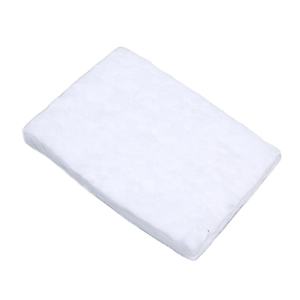
Insulating fire-resistant fiber blankets, aluminum silicate ceramic fiber felts.
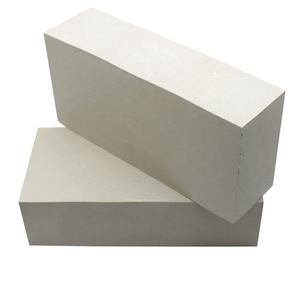
High-strength Ceramic Fiber Sheet for fire resistance, resilience, mechanical shock, and thermal cycling, custom cut.
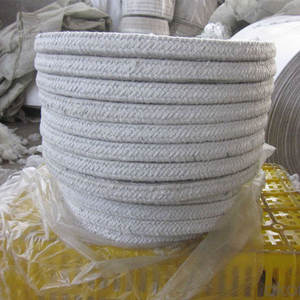
BIOWOOL Insulation Blocks, Ceramic Fiber or Various Ceramic Fiber Products with Biosoluble Fiber
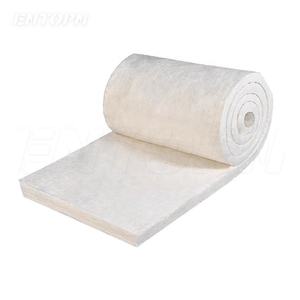
Factory direct s of high-quality fireproof and heat-insulating ceramic fiber blanket, pizza oven insulation
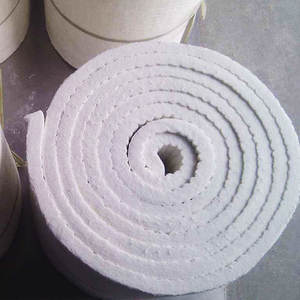
1260°C Free Sample of High-temperature Aluminosilicate Insulation Oven Refractory Ceramic Fiber Wool Blanket.
